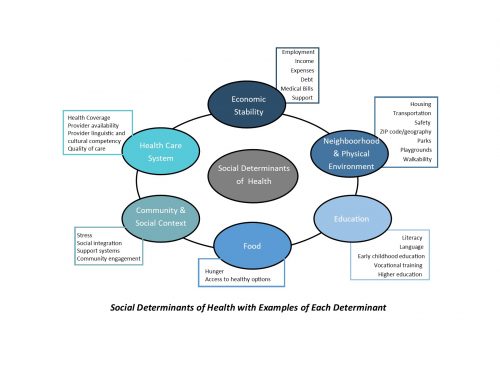Sometimes, discoveries happen when we least expect them or processes evolve in ways we hadn’t anticipated. One case in point would be the invention of penicillin, and Pacemakers were a byproduct of research on hypothermia. Serendipity happens with all kinds of everyday products, too. One of my personal favorite is Milk Duds – a candy maker based in Chicago tried to develop perfectly rounded chocolate coated caramel candies. Regardless of how they adapted the process, the candy flattened out, creating a “dud.” They decided to go with that particular failure, and name the candy Milk Duds.
In each case, there was an adaptation of an original product and process to ultimately yield something useful and beneficial. Chocolate is beneficial also, isn’t it?
We think our transitional duty program has undergone just such a serendipitous transformation too. A timely return to work after an injury is well known to be beneficial for the injured worker, the employer and insurance company. A progressive return to work at the injured worker’s company is an alternative we work towards in the industry. However, progressive return to work at the place of employment cannot always be accomplished for a variety of reasons.
Early on, CompAlliance recognized the need for an Alternative Program for Transitional Duty. Initially we utilized an outside service for this model. While there was satisfaction with the ultimate results, we believed the needs of our clients for timely communication and follow-up during the process of placement and while working at the light duty position were not being met within their usual expectations for our company.
The Case Management Process Utilized to Evaluate Our ATD Program
We utilized the case management process to evaluate the services we were providing. We met with our clients to determine how we could improve the process to meet their specific needs. We redesigned the process and decided to utilize our Vocational Staff with CRC credentials to oversee the product. On an ongoing basis we reevaluated the process, obtained additional feedback and implemented changes as we refined our process.
Recently one of our Vocational Consultants was deposed about a Transitional Duty program (not our program). Some of the areas of concern brought out were related to if the program was being overseen by a CRC Vocational Consultant, the type of followup performed after placement, and what type of terminology was being used, i.e., volunteer position or light duty, etc. These are all areas of distinction that should be addressed when evaluating the provider of a transitional duty program.
Currently we reevaluated the success of our current ATD program and found the following:
- 100% placement of all ATD Referrals
- 98% RTW Full Duty with Employer of Injury at time of MMI
- RTW Full Duty with Employer of Injury between 2 days to 27 weeks
- 90 – 95% accepted and participated in the ATD
- Placements were made within 2.0 hours of starting placement to a max of 2 business days from referral time for the most challenging files
- Followup performed with the light duty site performed on all cases
The final CompAlliance Alternative Transitional Duty product has many of the characteristics of our initial offering. By using the Case Management process to evaluate our product, we now have a product that is both useful and beneficial for our clients.

